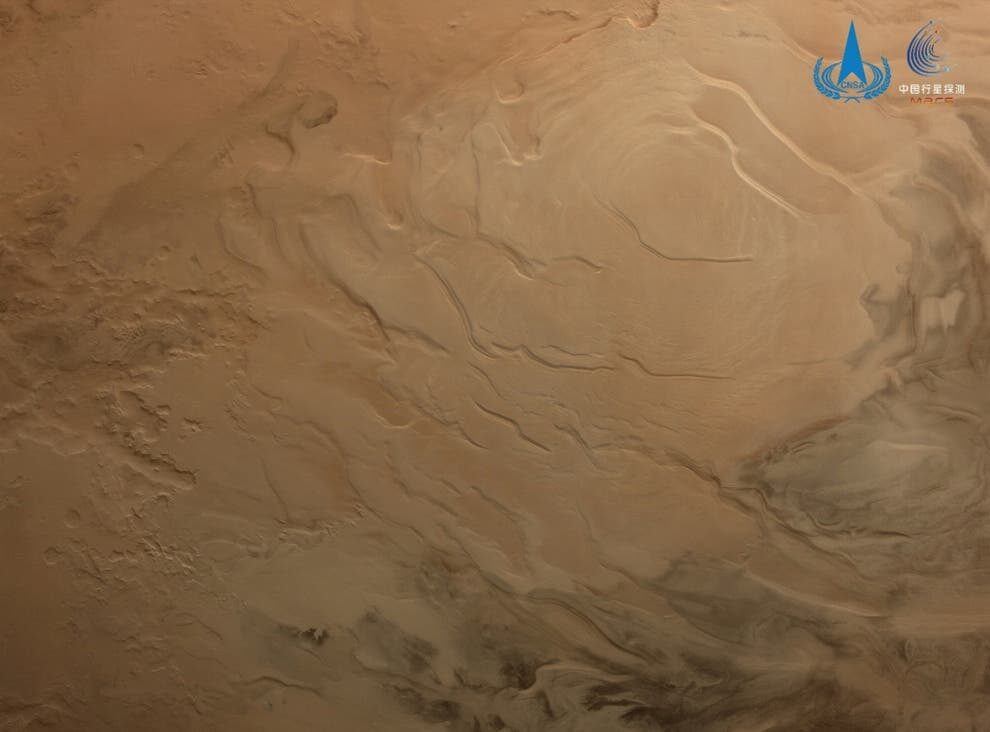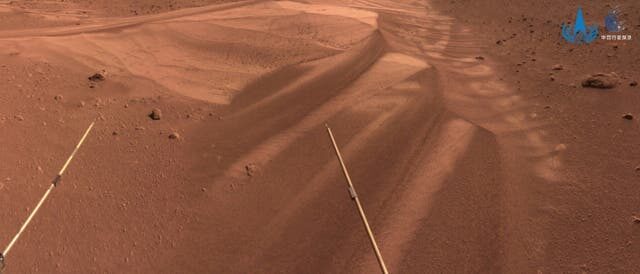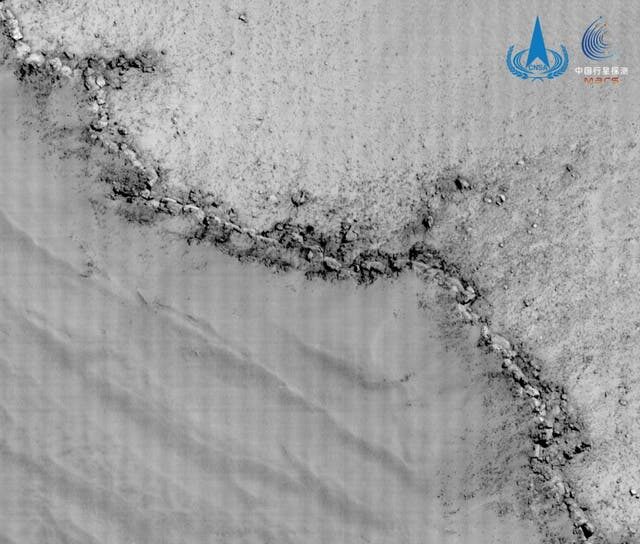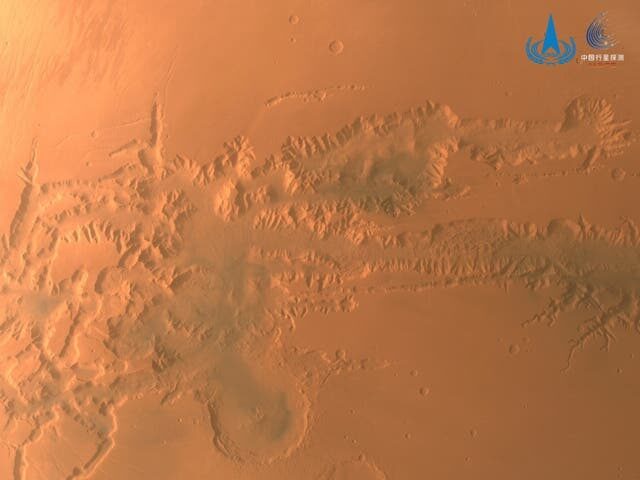OF THE
TIMES
Correction. Turn off the ear worms.
Totally agree about the guitar SBC, rock on. Sometimes even musicians require total quiet. To have the ability to quiet the mind and use it at the...
Chris Wray might have added ... "There is every chance that it could even be the same people from ISIS-K ... concert attack in Russia carrying out...
"Thuc Dho is a name created to represent a typical one." - That's not the only thing that was 'created' in this story. I flew Hueys on my first...
This parasite needs to be careful when he goes back out into the world because some people in Blighty ain't so forgiving. He could end up dead...
To submit an article for publication, see our Submission Guidelines
Reader comments do not necessarily reflect the views of the volunteers, editors, and directors of SOTT.net or the Quantum Future Group.
Some icons on this site were created by: Afterglow, Aha-Soft, AntialiasFactory, artdesigner.lv, Artura, DailyOverview, Everaldo, GraphicsFuel, IconFactory, Iconka, IconShock, Icons-Land, i-love-icons, KDE-look.org, Klukeart, mugenb16, Map Icons Collection, PetshopBoxStudio, VisualPharm, wbeiruti, WebIconset
Powered by PikaJS 🐁 and In·Site
Original content © 2002-2024 by Sott.net/Signs of the Times. See: FAIR USE NOTICE




Reader Comments